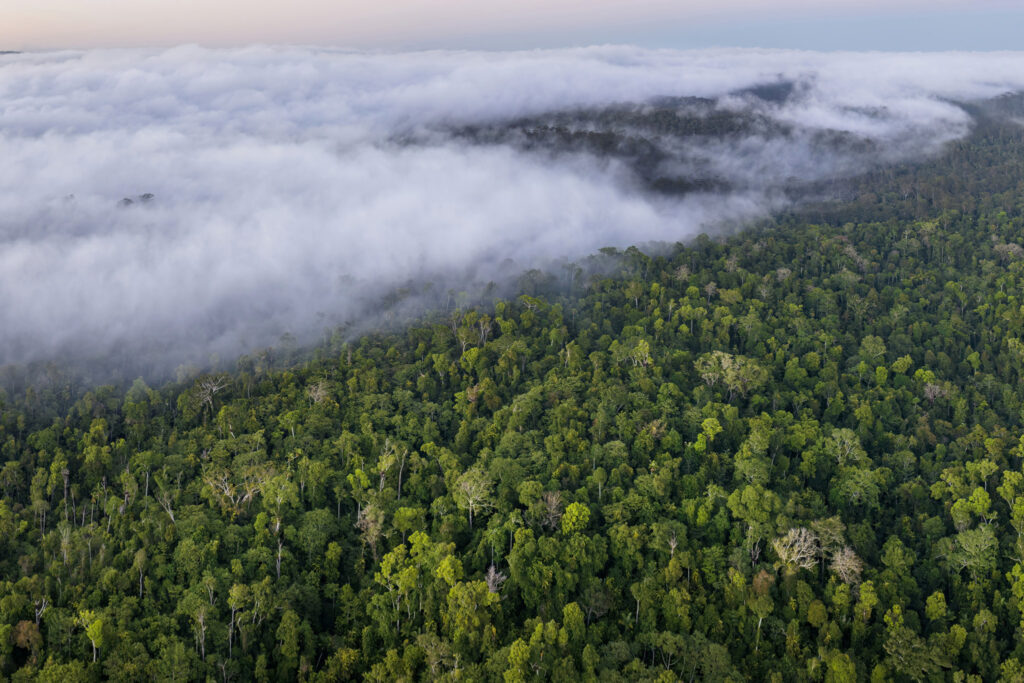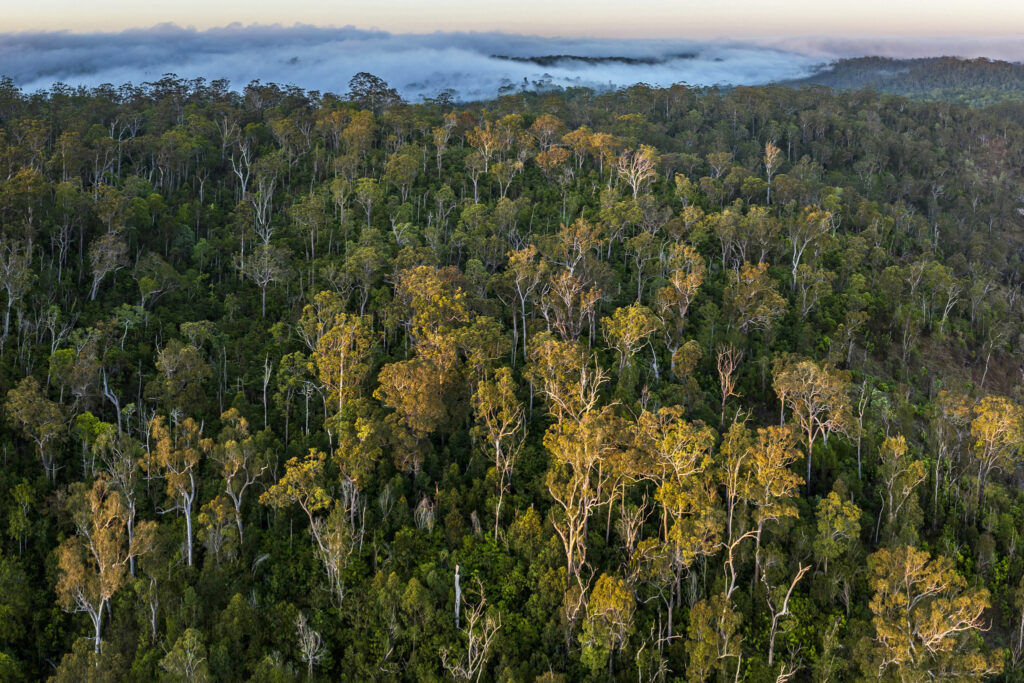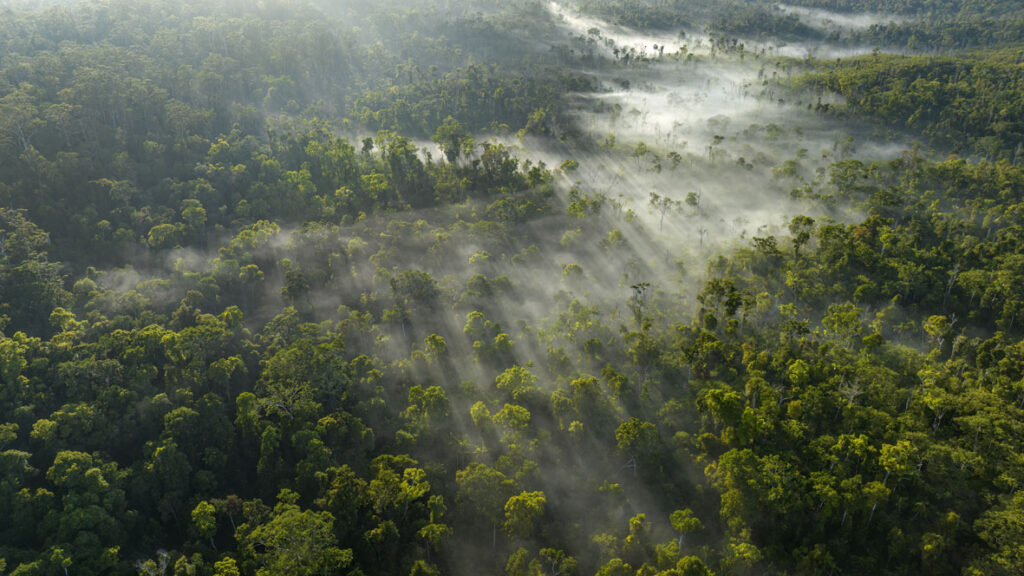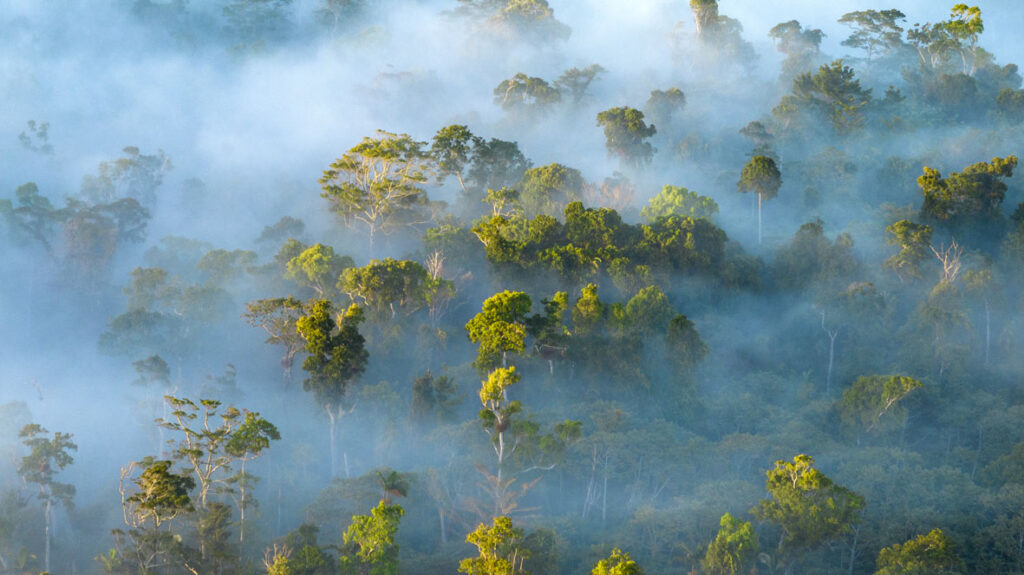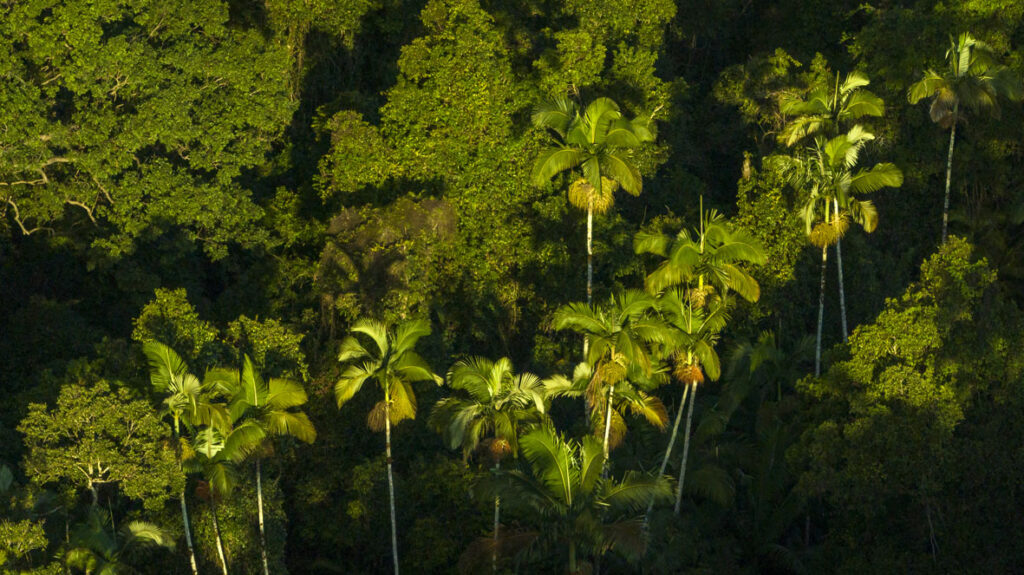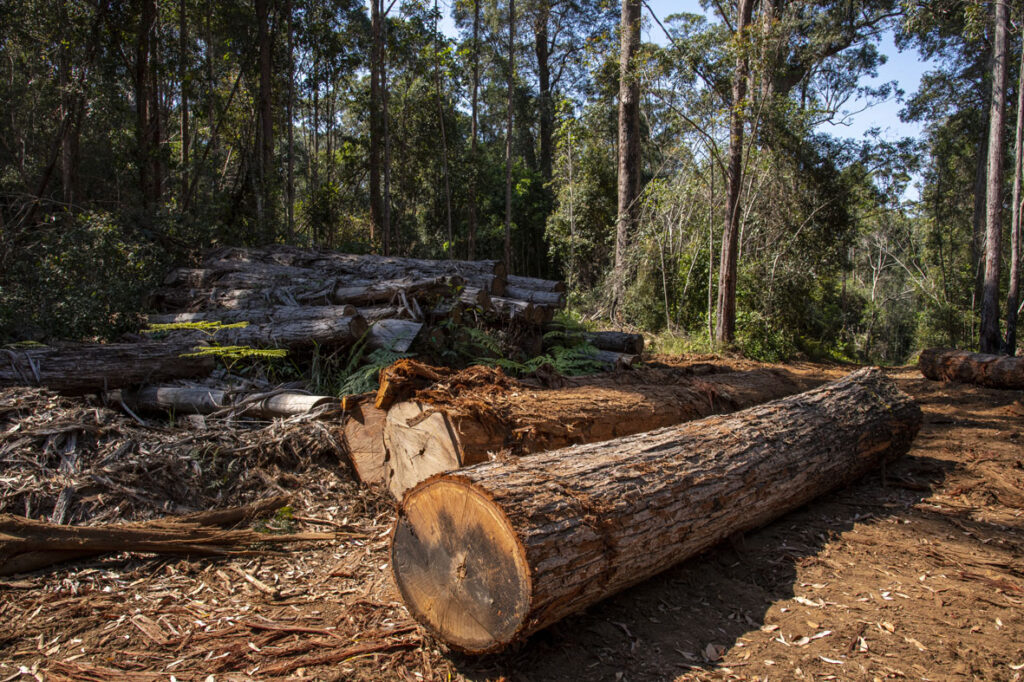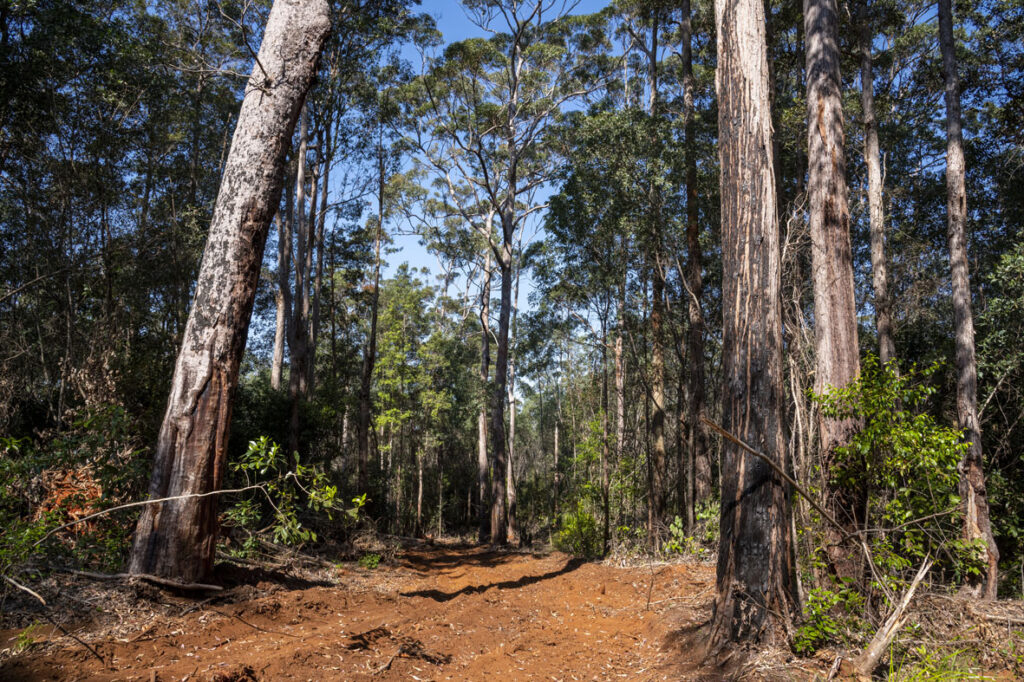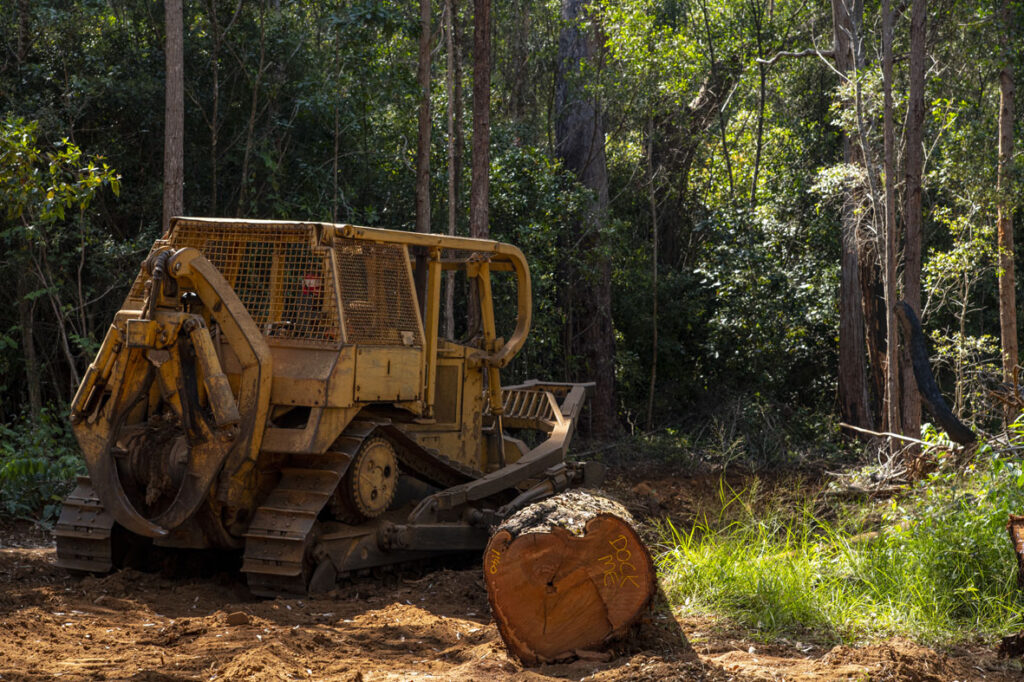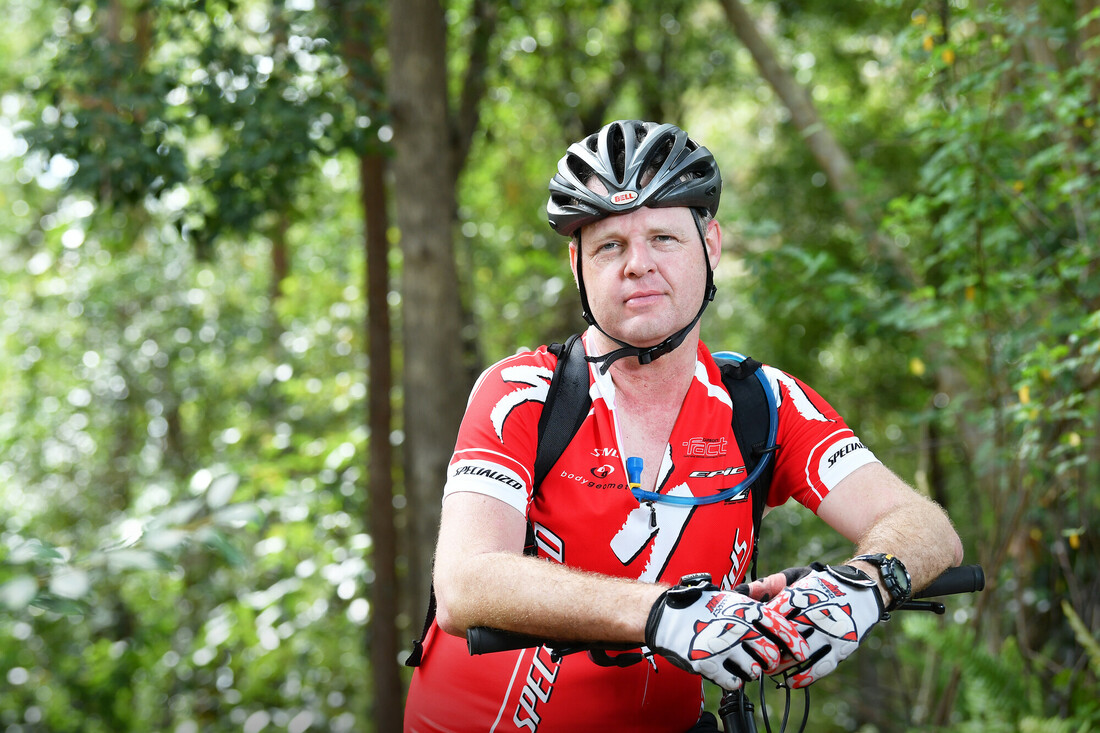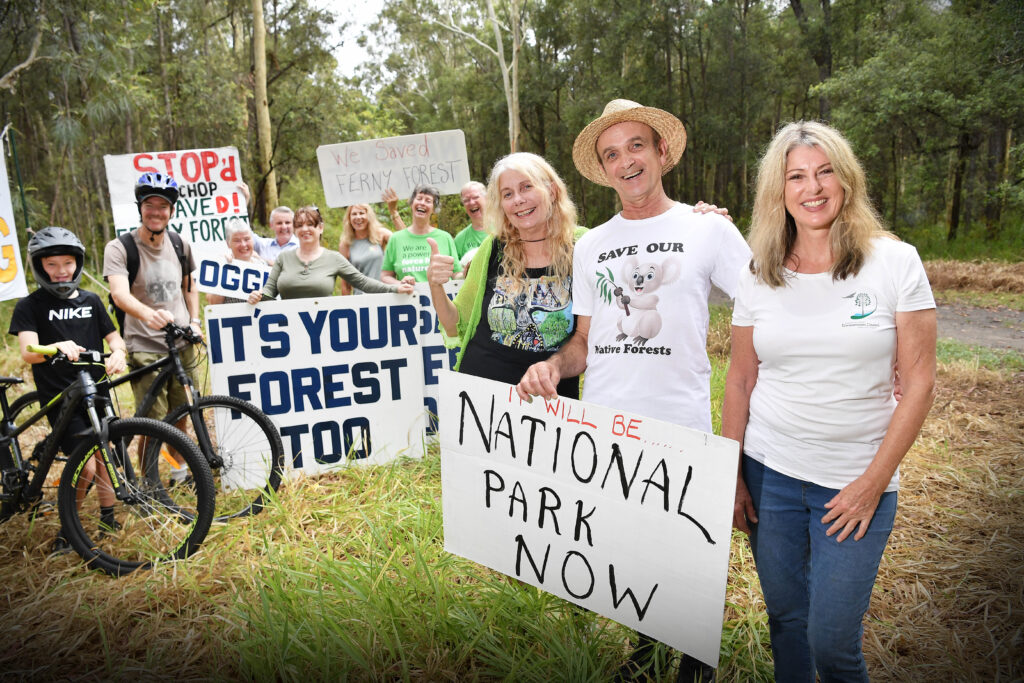
Queensland is a state rich in biodiversity, with more plant and animal species than anywhere else in the country. However, it has the lowest percentage of protected land compared to other states and territories around Australia.
Native State forests in Queensland provide critical habitat for threatened species and act as significant carbon stores.
They also provide enormous recreational opportunities for the many Queenslanders and visitors who love the outdoors.
By transitioning these State forests to appropriate conservation reserves, we will be better protecting the environment and ensuring recreational opportunities are not lost.
We’re supporting the transition of state forests to conservation or national park in a way that allows for ongoing recreational use by responsible users.
Native Forests Facts
- Queensland has the largest area of native forest of any state or territory in Australia, at 51.6 million hectares. That’s 39% of the nation’s native forests.
- Of this, 2.9 million hectares are publicly managed state forests. This is the largest area of state forest in any Australian state or territory.
South East Queensland
Research has revealed that 70,000 hectares of State Forest in South East Queensland are home to a diverse range of plants and animals, and should be transferred to protected areas. These state forests provide crucial intact ecosystems that cannot be replaced, and are home to hundreds of threatened species. Protecting these forests is not only essential for the health of our environment but also for our own wellbeing.
These state forests are situated on the lands of the Gubbi Gubbi/Kabi Kabi, Jinibara, Dubgibara, and Wakka Wakka peoples, and include significant cultural sites, many of which have not been extensively surveyed or mapped. By transferring these state forests to protected areas, we can ensure the preservation of the ecosystems for generations to come and honour the cultural heritage of First Nations peoples.

State forests are public lands, but unfortunately, their primary purpose is for timber extraction rather than habitat and culture protection. This leaves them vulnerable to ongoing logging and other destructive processes, resulting in the loss of biodiversity and threatening the survival of already endangered species.
While the Queensland Government has made commitments to protect the unique plants and animals in SEQ, including ending logging of native forests in the lower half of SEQ (south of Noosa) by 2024 and transferring some native state forests to protected areas, this only covers 20,000 hectares. There are still 50,000 hectares of unprotected state forests without a plan for protection.
It’s essential that the Queensland government commit to transferring all 70,000 hectares of native State Forest to protected areas before further logging takes place. The future of endangered species and the preservation of biodiversity depend on it.
Gallery
State Forests across Queensland support a number of ecosystems and are under threat, the below photos are from State Forests in North Queensland. More to come.
